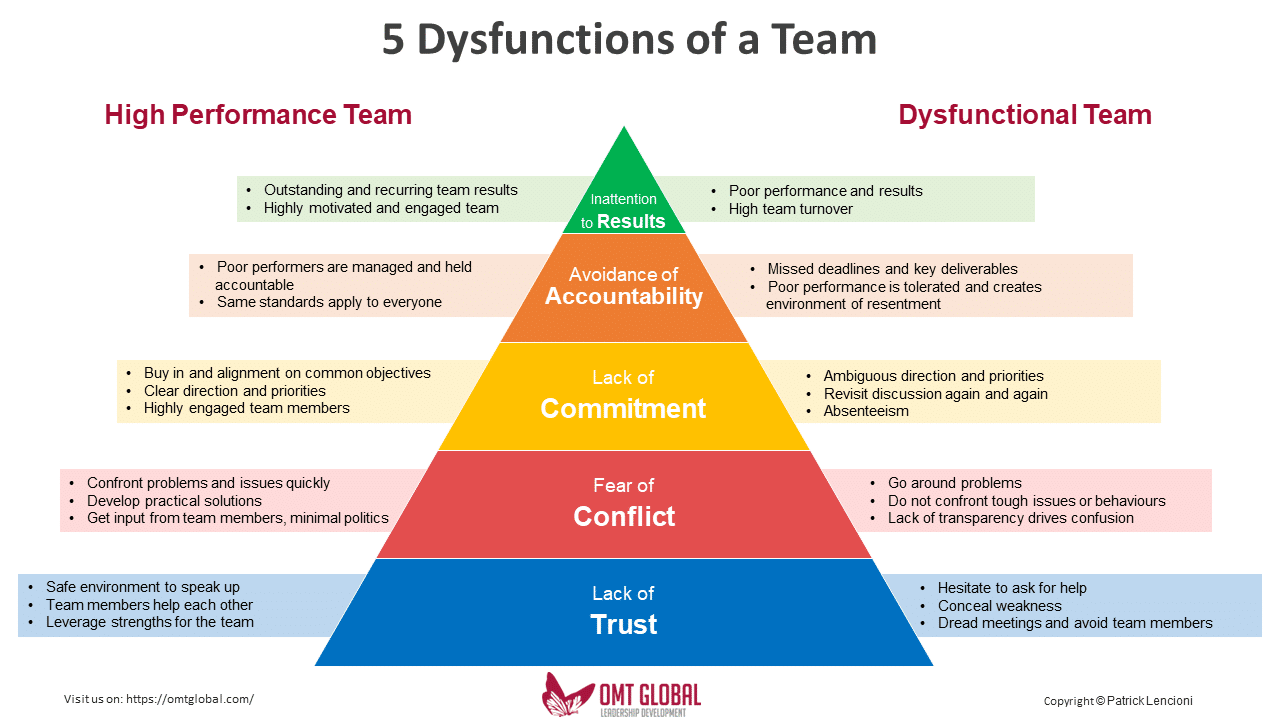At the heart of a blameless culture is a simple principle: there are no bad performers, only ineffective processes. People naturally tend to blame others – a phenomenon known as the “fundamental attribution error”: we explain others’ mistakes by their character (they are careless or irresponsible), while we justify our own mistakes by external circumstances (it was not my fault; it just happened due to certain factors).
Blameless culture thrives on psychological safety, which requires active support from leaders: open dialogue, constructive disagreement, and a willingness to show vulnerability. The focus is on improving processes rather than finding someone to blame. You can always find someone at fault, but that will not improve outcomes.
In a blameless culture, mistakes are treated as opportunities for growth rather than reasons for punishment.
Organizations that embrace this culture create environments where employees feel safe and supported. This encourages open discussion of errors and challenges, ultimately improving team performance and the quality of results. It is one of the most effective ways to organize teamwork.
Why is this approach so effective? Three interconnected mechanisms, backed by research and the experience of companies like Google, Atlassian, and Pixar, explain it:
-
Psychological safety drives productivity
-
Google’s Project Aristotle (2015) showed that the key factor in high-performing teams is psychological safety – when people are not afraid to make mistakes or ask difficult questions.
-
In a blameless culture, mistakes are analyzed without blame, encouraging faster information sharing and quicker problem solving.
-
-
Openness accelerates learning and improves processes
-
A blame-focused culture hides problems, allowing them to recur.
-
A blameless culture fosters support, openly discusses mistakes, identifies systemic causes, and strengthens processes over time.
-
-
Focus on solutions rather than emotions saves resources
-
Energy spent on mutual accusations or protecting reputations reduces task focus.
-
A constructive approach immediately channels efforts toward improvement rather than debating who is at fault.
-
In essence, this approach removes barriers to communication, reduces repeated mistakes, and focuses team resources on development rather than conflict.
For leaders aiming to build productive teams, the Lencioni Model is an invaluable tool. This five-level pyramid identifies key team dysfunctions, where each level arises from unresolved issues at the previous level. It helps assess the current state of the team, pinpoint areas for improvement, and reinforce a blameless culture.
-
At the base of the pyramid is Absence of Trust – team members fear vulnerability, do not admit mistakes, and hesitate to ask for help or share challenges.
-
This creates Fear of Conflict – high-quality decisions come from constructive debate, but lack of trust blocks open discussions, leading to poor decision-making.
-
This results in Lack of Commitment – without open debates, team members engage less in decision-making, decisions are poorly thought out, and clarity and commitment suffer.
-
As a consequence, Avoidance of Accountability grows – lower commitment leads team members to detach from agreed goals and paths, resulting in indifference and apathy, with less participation in maintaining agreed plans and collective efforts.
-
Finally, this leads to Inattention to Results – lack of accountability shifts focus to personal interests, lowering team effectiveness and reducing achievement of shared goals.

Power struggles and distrust are common team dysfunctions. Overcoming them requires team members to show vulnerability and take risks.
The first step is acknowledging existing problems and identifying their root causes.
Key principles for improving team performance with the Lencioni model:
-
Team problems are sequential: they build from top to bottom, so improvements should start with trust-building.
-
The leader plays a central role: demonstrating openness, encouraging constructive discussion, and clarifying responsibilities and goals for everyone.
-
The approach uncovers hidden issues and improves performance but depends on the team’s willingness to engage honestly. Without that, fostering a blameless culture and achieving meaningful change is very difficult.